Glasgow High School Principal Keith Hale unveiled “a new commitment to kids” Tuesday in the GHS auditorium as part of a partnership with Western Kentucky University and the Project Lead the Way program.
“We’re very excited about sharing with you what I think is an outstanding program and an outstanding opportunity for the kids,” Hale said.
Hale said that with the help from WKU, the school is going to continue to look at “ different pathways we can make for our kids and broaden the opportunities we have for them and get them ready to not only enter college successfully but also the work force.”
Hale introduced J.R. Dakin, an industrial arts teacher at GHS, who gave an introduction of Project Lead the Way, which he said was problem- and project-based learning.
“We teach our students to think systematically and when they can do that they are successful in whatever avenue they choose to go in,” he said.
Project Lead the Way is the nation’s leading provider of Science and Technology, Engineering and Math education, which was started in 1998 by a group of engineers in New York, Dakin said.
Dakin said he started looking at PLTW in 2004-05 because the woodworking he was teaching wasn’t leading to many futures for the GHS students, so he found the project and did a lot of research and presented it to the Glasgow Board of Education and “they were enthusiastic, excited with what I discussed, with the rigor of the curriculum, the integration of science, technology, math and language arts.”
The school was able to get a grant to help buy all of the computers and resources needed for the program, Dakin said.
In 2008, GHS became a certified PLTW program, “and our students then became eligible to receive college credit if they passed the end-of-year exams and maintained a certain average in the class.”
There are five classes in the GHS program: two foundation courses, two specialization courses and a capstone course.
“So our students get a wonderful opportunity in engineering, manufacturing, robots, architecture and construction,” Dakin said.
In 2012, GHS affiliated with the National Academy Foundation, which is an organization that focuses on four different categories: curriculum, academy structure, work-based learning and an advisory board.
In 2013, GHS became a certified academy of engineering, Dakin said.
“What we felt NAF brought to us was sort of an audit. We wanted a body to not only guide us through current trends, but also keep us on track,” Hale said.
Hale presented Dakin and Tommy Gumm of Alliance Cooperation, with a plaque that represented a certification of academy recognition.
“The next step on this will be our internships, which will be in place next year,” Hale said.
Gumm said he was asked in 2004 to serve on an advisory committee at Western Kentucky University and at that time they were seeking to secure engineering degree programs at WKU.
In 2005, the advisory board was granted those degree programs, and Gumm said “I think that has been monumental for our area of Kentucky.”
“What I found while serving on that committee was that we just didn’t have enough engineers in our area, and I understood that in my own discipline of construction and architecture, but I didn’t really realize the extent of engineering and the outreach of that and how short we were in qualified engineers.”
Especially from the standpoint of local kids being educated here and staying here for jobs, he said.
After he sat on that board, Gumm said he was contacted by Dakin to serve on the advisory board for GHS.
“The next step for us was getting a commitment from a university on what we were doing, to get them to buy into the system that we believe so much in,” Hale said.
Hale introduced Dr. Greg Arbuckle, a chair with the WKU Architectural and Manufacturing Sciences Department, who spoke about WKU’s involvement with PLTW.
Arbuckle spoke about how students who complete the PLTW programming can potentially graduate high school with 12 hours of credit hours that apply directly to their major in manufacturing sciences. In addition to that opportunity, Arbuckle said WKU had created what they call “a joint-undergraduate master’s program,” that allows students in their last year to work on both their undergraduate and master’s degrees, and will allow students to graduate with their master’s science degree in four-in-a-half years.
Dr. Cheryl Stevens, the Dean of Ogden College of Science and Engineering spoke about the importance of science and engineering education in relation to Kentucky’s economy.
She said not long ago the Kentucky Council of Post-secondary Education put together a STEM task-force that “outlined a national crisis with the respect to the STEM pipeline.”
“We know that education is the primary driver of economic development in Kentucky,” Stevens said.
She said that these kinds of partnerships are important for the commonwealth because “we start young: identify students with the talent, the interest, the capacity to major in these STEM disciplines, and then complete these kinds of programs in high school, then come to the university and complete a degree and be ready for the work force.”
She said this not only prepares students to be scientists and engineers, but also prepared them to be leaders as well, and builds up the communication skills they need to succeed.
“These are exciting times in STEM education in southcentral Kentucky,” Stevens said.


